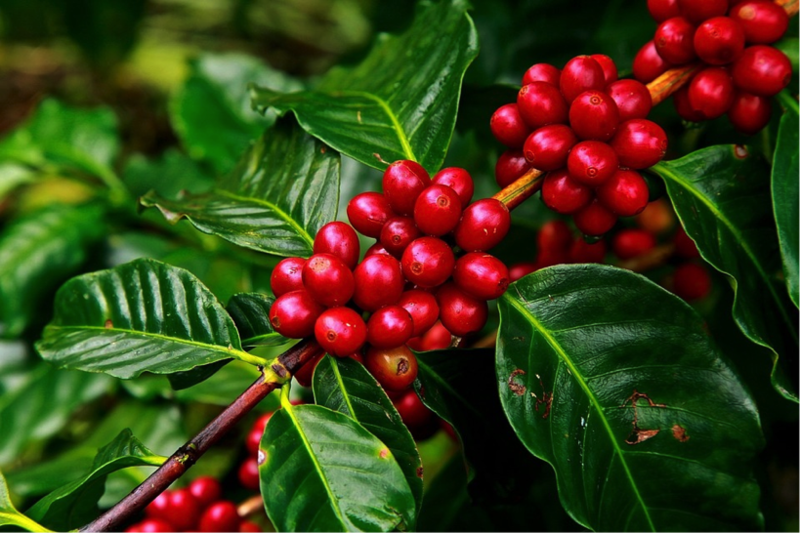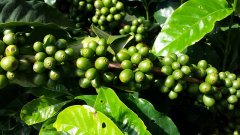A list of Colombian Coffee producing areas _ what are the characteristics of Colombian Coffee planting quality

Professional coffee knowledge exchange more coffee bean information please follow the coffee workshop (Wechat official account cafe_style)
Colombian coffee, which originated in the Andes, no one can specify when it was introduced to Colombia, while some think it should have come with the priests of the Church of Jesus in the 17th century. Colombian coffee has always been regarded as a symbol of the highest quality in the world.
Colombia's unique geographical location has created the delicacy of Colombian high-quality coffee. Colombia, which grows traditional Arabica beans, produces second only to Brazilian coffee, but has been pushed back to third place since the rise of Vietnamese coffee. This statement is not entirely fair. Vietnamese coffee is famous for its "Robosta" beans, which should not be compared in terms of the quality of coffee beans. Other data point out that in terms of Arabica beans, the annual output of Mexican coffee has overtaken Colombia to become the second largest producer in the world.
There are more than 500000 farms in Colombia, large and small, with an average acreage of about five square meters, some even smaller. Although Colombian coffee was traced in the 17th century, it was not exported until 1835. The first batch of 2500 pounds of coffee beans was sent to the United States, which was the earliest commercial transaction. Until 1860, coffee had become the largest and most important export crop in Colombia, and it was also the main tariff income of the Colombian government.
Pesticide abuse, deforestation, and soil and water pollution were once the most serious environmental problems in the Colombian country. Soil erosion and the global coffee crisis hit Colombian small producers. More than 23% of small coffee farmers, under the dilemma of a negative ratio of income to production costs, caused more poor families and debt, children long-term malnutrition, when the country's coffee production fell by 44%. These coffee farmers were forced to give up their crops to work in the metropolitan areas. this trend not only led to an instant rise in unemployment in Colombia, but also put great pressure on Colombia at that time.
Thanks to soaring global coffee prices, the Colombian economy has rebounded, and coffee farmers who have temporarily abandoned and gone to urban areas to make a living have also returned to the team. The Colombian state has made great efforts to promote the concept of shade planting, while advocating the concept of ecological conservation in order to produce high-quality coffee, which has generally won the support and cooperation of farmers, which not only conserve high-quality coffee in Colombia, but also further improve the livelihood of coffee farmers.
In the history of Colombian agriculture, the situation controlled by big business has not been completely lifted, and the bigger threat may be that war, drugs, violence and political factors led by the United States are the key to the rise and fall of agriculture in Colombia.
Colombian coffee is balanced and mild, with soft acidity, mild taste, unique floral and fruity flavor, Colombian coffee is always the best that coffee lovers don't want to miss, while the United States is the largest market for Colombian coffee.
The main coffee producing areas in Colombia are: Popayan,Cauca, Huila,San Augustin, Antioquia,Medellin, Quindio,Armenia, Santander,Bucaramanga, Magdelena,Sierra Nevada and Nari ñ o.
END
Important Notice :
前街咖啡 FrontStreet Coffee has moved to new addredd:
FrontStreet Coffee Address: 315,Donghua East Road,GuangZhou
Tel:020 38364473
- Prev

Ethiopia Coffee Origin Information Profile_The World's Most Popular Coffee Origin
Ethiopia is the birthplace of Arabica coffee. In the 10th century, nomadic Ethiopians in the mountains may have been the first to recognize the stimulating effect of coffee, although they ate the red ripe fruit directly, not as a drink.
- Next

Peruvian CENFROCAFE Coffee how about Peruvian coffee? How's the Peruvian coffee?
Peru is located in the west of South America, bordering with Brazil, Colombia and Bolivia, and the Pacific Ocean to the west. The coastline is 2254 kilometers long. The Andes range from north to south, and the mountains account for 1% of the total area of the country. Peruvian coffee is mostly grown along the eastern side of the Andes, mostly at an altitude of 1300 to 1850 meters above sea level, and a small number of producing areas are grown at about 2000 meters above sea level.
Related
- Detailed explanation of Jadeite planting Land in Panamanian Jadeite Manor introduction to the grading system of Jadeite competitive bidding, Red bid, Green bid and Rose Summer
- Story of Coffee planting in Brenka region of Costa Rica Stonehenge Manor anaerobic heavy honey treatment of flavor mouth
- What's on the barrel of Blue Mountain Coffee beans?
- Can American coffee also pull flowers? How to use hot American style to pull out a good-looking pattern?
- Can you make a cold extract with coffee beans? What is the right proportion for cold-extracted coffee formula?
- Indonesian PWN Gold Mandrine Coffee Origin Features Flavor How to Chong? Mandolin coffee is American.
- A brief introduction to the flavor characteristics of Brazilian yellow bourbon coffee beans
- What is the effect of different water quality on the flavor of cold-extracted coffee? What kind of water is best for brewing coffee?
- Why do you think of Rose Summer whenever you mention Panamanian coffee?
- Introduction to the characteristics of authentic blue mountain coffee bean producing areas? What is the CIB Coffee Authority in Jamaica?

